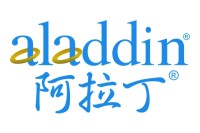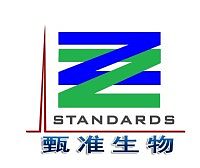Human exposures to environmental toxicants have been associated with etiology of many diseases including inflammation, cancer, and cardiovascular and neurodegenerative disorders. To counteract the detrimental effect of environmental insults, mammalian cells have evolved a hierarchy of sophisticated sensing and signaling mechanisms to turn on or off endogenous antioxidant responses accordingly. One of the major cellular antioxidant responses is the induction of antioxidative and carcinogen-detoxification enzymes through the cytoplasmic oxidative stress system (Nrf2-Keap1) activated by a variety of natural and synthetic chemopreventive agents. Under normal conditions, Keap1 anchors the Nrf2 transcription factor within the cytoplasm targeting it for ubiquitination and proteasomal degradation to maintain low levels of Nrf2 that mediate the constitutive expression of Nrf2 downstream genes. When cells are exposed to chemopreventive agents and oxidative stress, a signal involving phosphorylation and/or redox modification of critical cysteine residues in Keap1 inhibits the enzymatic activity of the Keap1–Cul3–Rbx1 E3 ubiquitin ligase complex, resulting in decreased Nrf2 ubiquitination and degradation. As a consequence, free Nrf2 translocates into the nucleus and in combination with other transcription factors (e.g., sMaf,
ATF4, JunD, PMF-1) transactivates the antioxidant response elements (AREs)/electrophile response elements (EpREs) of many cytoprotective genes, as well as Nrf2 itself. Upon recovery of cellular redox homeostasis, Keap1 travels into the nucleus to dissociate Nrf2 from the ARE. Subsequently, the Nrf2–Keap1 complex is exported out of the nucleus by the nuclear export sequence (NES) in Keap1. Once in the cytoplasm, the Nrf2–Keap1 complex associates with the Cul3-Rbx1 core ubiquitin machinery, resulting in degradation of Nrf2 and termination of the Nrf2/ARE signaling pathway. The discovery of multiple nuclear localization signals (NLSs) and nuclear export signals (NESs) in Nrf2 also suggests that the nucleocytoplasm translocation of transcription factors is the consequence of a dynamic equilibrium of multivalent NLSs and NESs. On the other hand, Keap1 may provide an additional regulation of the quantity of Nrf2 both in basal and inducible conditions. This chapter summarizes the current body of knowledge regarding the molecular mechanisms through which ARE inducers (chemopreventive agents) regulate the coordinated transcriptional induction of genes encoding phase II and antioxidant enzymes as well as other defensive proteins, via the nuclear factor-erythroid 2 (NF-E2-p45)-related factor 2(Nrf2)/(ARE) signaling pathway.






